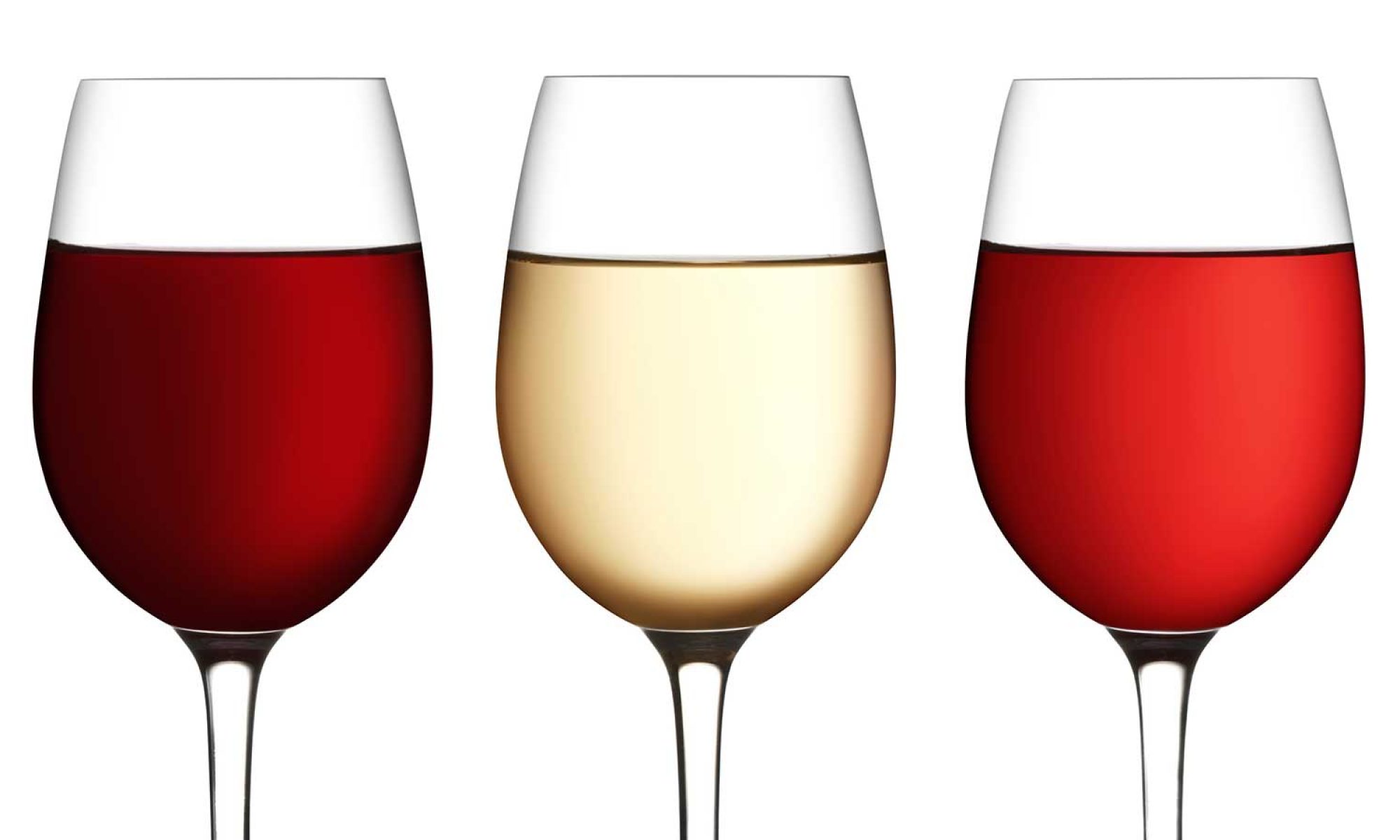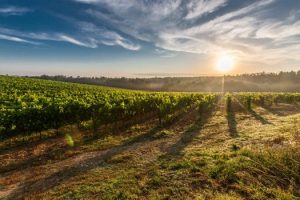Tucked neatly away on the northeastern corner of the boot, it is Italy’s largest wine producing and consuming division. Though comparatively geographically smaller than other regions like Tuscany, Sicily or Lombardy, Veneto has emerged as Italy’s most important wine producer by volume.
It, along with smaller Trentino-Alto Adige and Friuli-Venezia Giulian make up the Tres venise region. Veneto’s wines differ extensively in style. You can find something light and instantly gratifying and yet stumble on a revelation to guard for decades.
Wines made from this region are characterised by stark often surprising stylistic differences steeped in long held tradition and technique. Italy is notorious for ensuring that indigenous varietals are used in their wine. However, this does not deter enterprising winemakers from seeking out other varietals. Interestingly, Merlot makes up about thirty percent of grapes grown.
It’s wine producing regions can be somewhat neatly divided into three. The Eastern, north-central and central. All with remarkable styles and grapes of their own. Of these are fourteen DOCG and twenty-seven DOC appellations. It becomes easy to see how wines produced from here can be enthralling. Some varietals are so well kept, they are almost impossible to find outside the region.
Notable Styles.
Recioto. This sweet wine is made from indigenous varietals Corvina, Rondinella and Corvinone. They are tight little grapes with thick skins that are raisinated in the sun to concentrate their flavours and sugars in the appassimento method.
Amarone Della Valpolicella. Amarone is a drier version of Recioto. This one from Corvina, Rondinella and Molinara grapes. After a substantial time fermenting, the wine is aged in oak barrels for a little over two years. The result is an elegant and aromatic wine with well rounded tannin and delicate flavour.Not to mention, the raised alcohol percentages can at times, go as high as 16% ABV!
Tip: Valpolicella, ‘The valley of many cellars” lies north of Verona is at best comparable to Tuscany’s Chianti.
Popular Prosecco is made just some minutes drive away has outsold Champagne thanks to its approachability. The wine features at least 80% Glera grapes woven into a fragrant, gay and carefree, easy drinking vino.
Bardolino Superiore. Made from Corvina off the Lake Garda in Verona, this wine is slowly gaining well deserved recognition. It benefits from the calm climate and blending of Rondinella, Sangiovese and sometimes Cabernet Sauvignon to produce a fruity, well balanced, low alcohol wine.
IGT wines. It would be unfathomable to write about this region and fail to mention the renegades. IGT wines are not shy about their great quality and value for money. They give winemakers room to get creative outside the confines of tradition. Take, for example, the Torcolato ‘Passito’ wines. Pinot Noirs and other imported varietals that make interesting dinner table conversation pieces.

